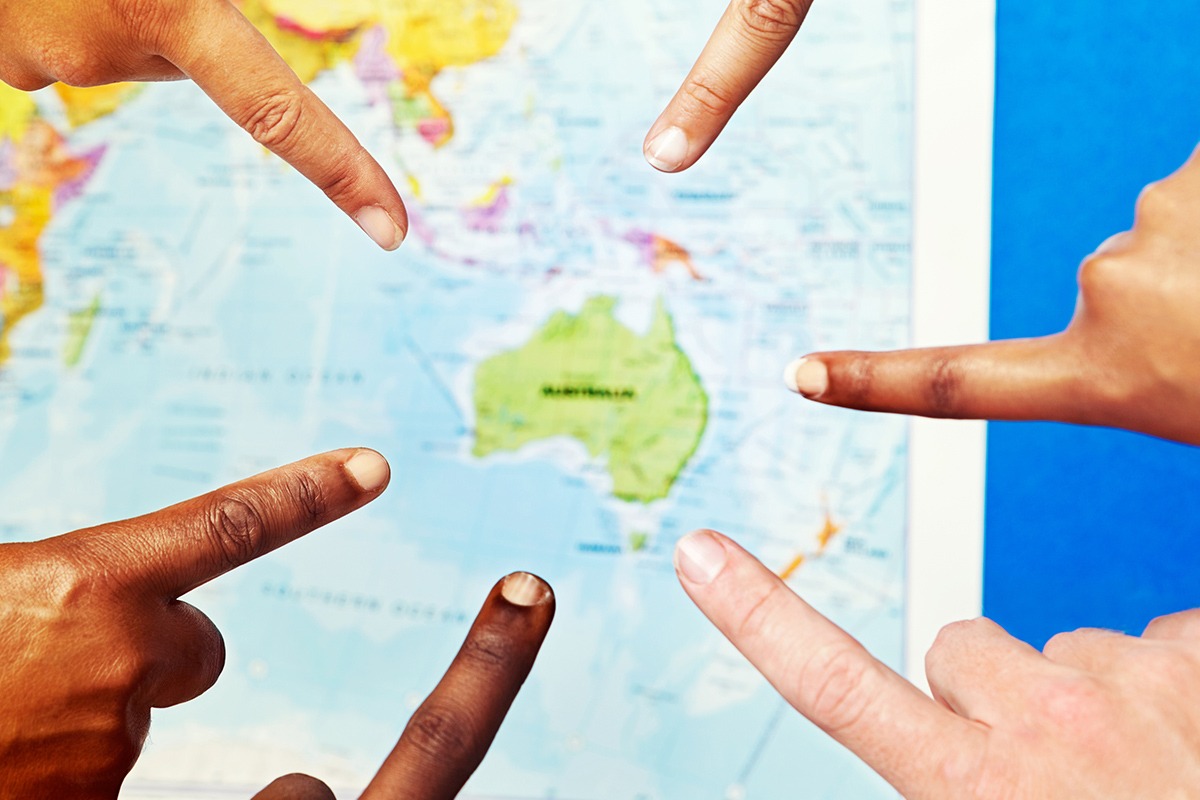February already and we’re fully back into the swing of work, with the Australia Day long weekend gone and kids back to school.
Companies and employees everywhere are returning to significant challenges to the Australian economy and their industries within it, especially retail, agriculture, and tourism amongst others. My industry focus, superannuation and wealth management, has been experiencing the pain of change for some time now, and there is a high level of executive movement as the ‘war for talent’ heats up further.
This is great if you’re an executive or specialist in demand, but there’s some awful, somewhat hidden or understated, numbers for many Australians.
According to a recent article by Jack Derwin in Business Insider, there are now three unemployed Australians for every job vacancy. Based on this fact we know that the 250,000 or so job ads listed every month just don’t match up with the 725,000 Australians without jobs who want them, and the 1.15 million under-employed Australians who are working less hours than they’d like.
Reading this, I wondered whether the majority of us currently in professional employment are even aware of these numbers… three unemployed people for every single listed vacancy!
Yes, many vacancies aren’t listed, but typically they will be filled by ‘people who know people’ as they are already employed and referred through trusted conduits.
The other big associated issue is underemployment, and when combined with the unemployed, means nearly 2 million Australians cannot find as much work as they want or need.
Let’s keep this in mind before we start labelling people as ‘lifters or leaners’ or with other simplistic clichés.
Further, in an ABC Business Report published recently, Oxfam concludes, “Australia’s concentration of wealth in the hands of the super-rich is occurring, while the share of wealth of the bottom half of our community has decreased over the last decade and workers’ wages continue to stagnate.”
“The top 1 per cent of Australians have more than doubled the wealth of the entire bottom 50 per cent – or 12.5 million people.”
Read that again. It warrants an expletive or two when you think that 240,000 of our ‘mates’ hold 100x the individual wealth held by half of all Australians.
How have we, as a society, let it come to this (and seemingly, it’s getting worse)?
Economic liberalisation has raised millions of people around the world out of abject poverty, and certainly Australia benefitted from deregulation and the encouragement of the private sector, from what was a troubled economy in the 1970s and 80s. But have we gone too far, and is the idea of a ‘fair go’ in Australia and looking after your ‘mates’ just a slogan?
This country has shown with the recent bushfires and current drought that we still believe in pitching in to help others. It seems however, with death by a thousand cuts over 30 years, that we have become numb to the unemployed, immune to the increasing homeless on the street, and resigned to the gargantuan wealth and therefore political influence of ‘the few’.
Ok, easy for me to criticise, but what do we do?
I don’t have the answers but I don’t believe Australia (and the world) can continue down this path of the few haves and many have-nots, with a large middle ground too busy to care because they’re just getting by. The workforce is changing and unless we come up with new ideas and products, the wealth disparity will continue to grow. Add in climate change, whether exacerbated by humans or not, the year, decade and century ahead will deliver some tremendous challenges for many Australians.
There’s a lot to think about in 2020 and beyond.
Stephen is a Superannuation & Funds Management specialist with over 20 years experience recruiting for superannuation funds, fund managers, banks, wealth managers and other industry aligned businesses. Stephen has built extensive industry networks and has acquired deep knowledge of industry trends and the latest developments in the ongoing ‘war for talent’. This enables him to identify and engage passive talent and successfully complete a long list of search assignments for the organisations he partners with.

